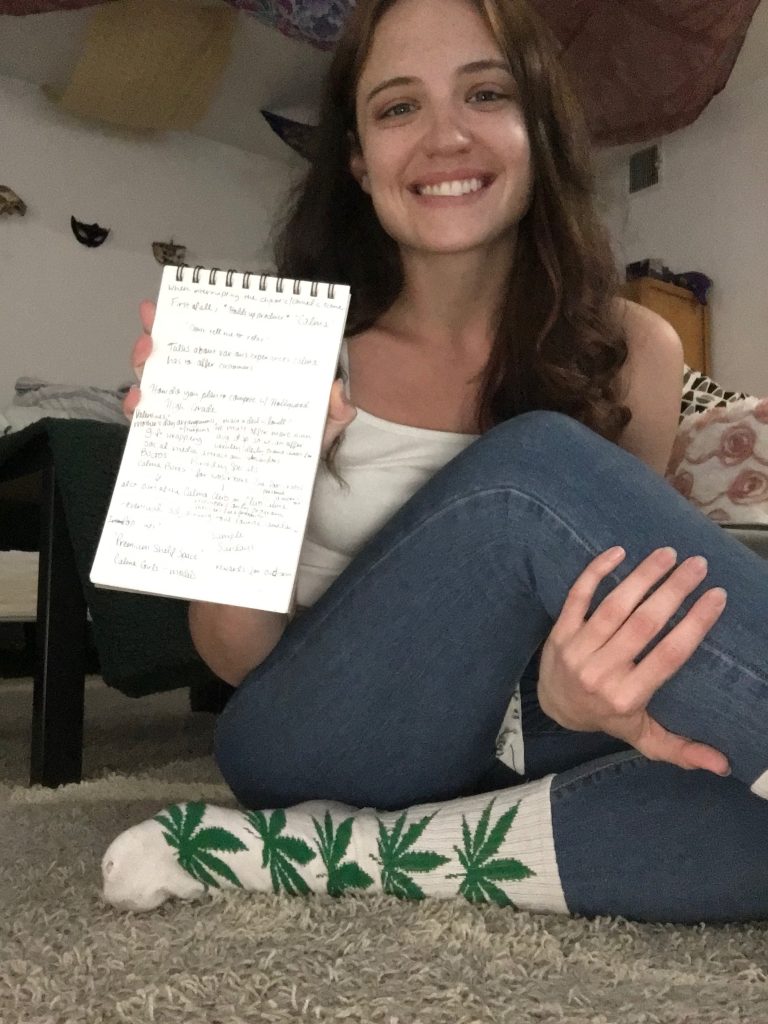As my layoff date at Red approached, I found myself in a shabby, dust-covered room in the middle of construction, interviewing for a new dispensary role. My resume had been shared on The Blacklist, and “Gold,” as someone called it, had caught their attention. We connected over shared values for a feminine, inclusive dispensary model, and I left that interview with high hopes. “Finally,” I thought, “this is my chance to make a real difference.”
Red Flags Amidst Big Promises
Ownership’s grand promises of funding and plans for “six more stores by next year” filled me with optimism—until my first vendor meeting. Mid-meeting, the owner abruptly slammed his fists on the table, a misguided intimidation tactic that only caused secondhand embarrassment. Unlike Red, where even the unpopular leaders maintained some professionalism, I found myself questioning this new environment.
 Building a Dream Team
Building a Dream Team
Determined to succeed, I recruited a “superstar buyer”—someone young, hungry, and skilled. With this team, I could finally experiment and implement the dispensary model I had envisioned at Red. Managing a back-of-house team, advocating for budtenders, and observing retail trends in real time were thrilling opportunities. But I soon realized that even the best team couldn’t overcome deeply ingrained issues within Pink’s leadership.
Creating a Vision for Pink Dispensary
One of my first tasks was developing a detailed pitch deck to align operations with the awarded license and to strategize marketing. My ideas for Pink included creative subscription boxes, a high-end consumption space inspired by Yves Saint Laurent, a sophisticated loyalty program, pre-order exclusives, and brand partnership guidelines. I envisioned Pink as a safe space for marginalized communities, especially the local trans community. I hoped to make it more than a dispensary—a sanctuary from a world that often felt hostile.
Cannabis Marketing Challenges
Getting entertainment and influencers to associate with cannabis proved challenging. Marching bands and entertainers repeatedly turned us down, unwilling to link their names to cannabis. It reminded me of an industry party I attended years earlier, where cannabis was frowned upon yet secretly enjoyed. This double standard fueled my determination to make cannabis more mainstream, dignified, and accepted.
Ideas on Inclusivity and Representation
Inclusivity was integral to my vision for Pink, especially given its significance to the West Hollywood trans community. I secured interest from a prominent trans influencer to collaborate on Pink’s opening. However, despite my efforts, my pitch deck was met with empty compliments and no action. Instead, I was redirected to an initiative on black-owned cannabusinesses—a seemingly performative move that left me questioning why I was asked to take on projects that would never be implemented.
The Illusion of “Family” in the Workplace
I soon learned that the corporate “family” rhetoric at Pink was a hollow tactic used to exploit dedication. True loyalty doesn’t require such manipulation. Reflecting on my parents’ company, where employees stayed for years without being referred to as “family,” I realized that respect is built through honesty and support, not empty slogans.
Stay Tuned for the Realities Behind Dispensary Operations
In the next installment, I’ll delve into unqualified leadership, problematic customer interactions, and Pink’s makeshift “HR” department—a trash can. Stay tuned for more insights on the lessons learned from my time at Pink and the reality of running a dispensary in a competitive industry.




